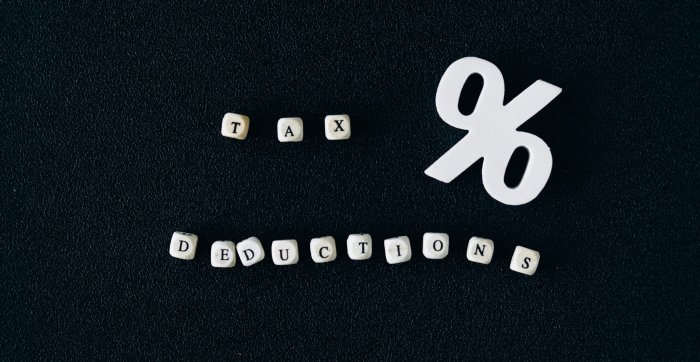
Are you thinking about moving to a new house but want to hold onto your current property? Turning it into an investment for the short or long-term can be a good option while increasing your cash flow.
Here are six things you need to do before renting out your home.
1. De-personalise the property
While the property is still yours, it’s important to make your future tenants feel like it’s their own. Happy tenants will go the extra mile to look after it.
This means removing the personal items in the property from when it was your home. For example, remove the kids’ height measurements from the walls, the family dog’s outdoor kennel, and all mail redirected.
2. Fix those ‘maintenance request’ risks early
If it’s broken, fix it. It mightn’t seem like a big issue – maybe it’s just a small crack in the wall or peeling paint – but putting it off is just creating a future problem for yourself.
Making it a future problem may also make the small issue into a big one. For example, a tired-looking deck now could just need re-oiling, but leaving it for later could result in a full (and costly) deck replacement.
3. Make smart improvements
If you’re thinking about making some slight improvements to your property before renting it out, keep your tenants and improving your rental return in mind.
Smart improvements will increase tenant interest and the amount of rent you can charge. For example, if your tenant market is young families, installing a bathtub can be a good choice. Easy-to-clean benchtops and flooring options are always a winner with tenants, too.
An additional point to keep in mind is the timing of the improvement. If you make an improvement while you still live in the property, you won’t be able to claim depreciation on any new plant and equipment assets. So it might be best to wait until you have moved out.
4. Clean
Your future tenants need to leave the property in the state it was first leased in (allowing for fair wear and tear). Your property manager will complete a condition report to ensure this happens.
To make sure you can keep your tenants accountable, it’s important also to do your own part. Your property manager could also recommend a reputable cleaner to get the job done.
5. Update your insurance policy
Your owner-occupier home and contents insurance won’t cut it when the property is an investment. You need the appropriate landlord insurance policy.
Landlord insurance will cover you for many insured events, including those unique to investment properties like tenant damage and loss of rent. However, insurance policies differ between providers, so it’s important to read the fine print when choosing the best-suited policy for you.
6. Get a depreciation estimate
Too many people are missing out on claiming thousands in depreciation deductions. Depreciation is the natural wear and tear of a property and its assets over time. As a property investor to-be, you can claim this depreciation as a tax deduction each financial year once the property is available for rent.
When you make your home an investment, contact a specialist quantity surveyor to provide a free depreciation estimate. This could uncover thousands in deductions that you could claim.
The article is provided by BMT Tax Depreciation. BMT Tax Depreciation has been a specialist in the industry for over twenty years and has completed more than 700,000 tax depreciation schedules for all types of investment properties, Australia wide. Contact the depreciation specialists at BMT to learn more about depreciation and how they can help you claim more deductions. If you’re looking at purchasing your first investment, BMT can provide an obligation-free estimate before you decide to buy.
This is general advice only and does not take into account your financial circumstances, needs and objectives. Before making any decision based on this document, you should assess your own circumstances and seek tax advice from your accountants at KMT Partners or wealth advice from our KMT Wealth team.


